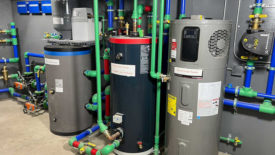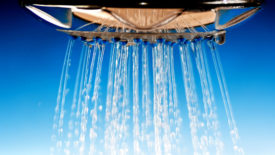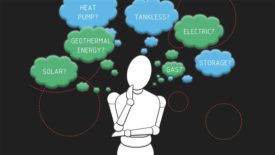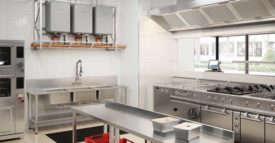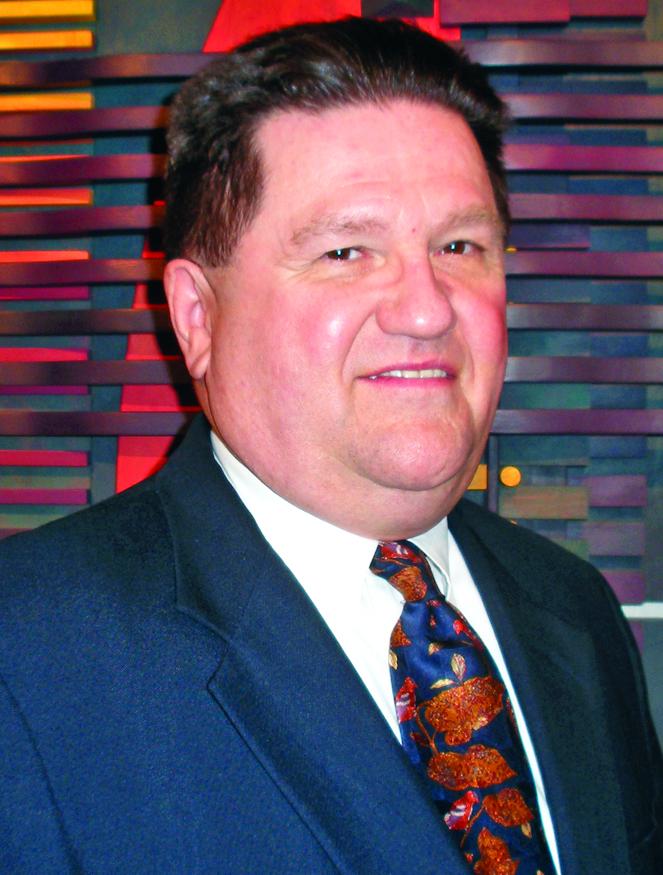Home » plumbing engineers
Articles Tagged with ''plumbing engineers''
Strategic Plumbing Insights | Christoph Lohr
IAPMO’s Water Demand Calculator provides an industry tool for correctly sizing pipes.
Read More
Heat pumps maximize efficiency, combining hot water and space heating
The road to electrification and decarbonization.
January 15, 2024
Guest Editorial | Bob Silva
The key benefits of heat-traced, single-pipe hot water delivery systems
Moving toward a sustainable, electrified future in 2024.
January 11, 2024
Editor's Note | Nicole Krawcke
2024 — a new year with a heightened focus on sustainability and efficiency
Regulations push the need for greener buildings.
January 10, 2024
Plumbing Essentials — Design Approaches, Codes and Everything in Between | Lowell Manalo
The process behind seamless water heater selection
Creating a decision making process.
January 8, 2024
Editor's Note | Nicole Krawcke
Engineers should explore advantages of AI
Artificial Intelligence is changing the game.
December 11, 2023
Plumbing industry experts anticipate 2024 industry outlook
Construction confidence remains high heading into 2024.
December 8, 2023
Plumbing Essentials — Design Approaches, Codes and Everything in Between | Lowell Manalo
Lighting the path of the next generation of plumbing engineers and designers
Lessons learned from the past should not be repeated.
December 6, 2023
Plumbing Talking Points | David Dexter
Venting vertical offsets in sanitary drainage piping
What the codes have to say.
December 4, 2023
As electric boilers gain popularity, gas boilers still play vital role in reduced emission designs
Retrofitting buildings to electric heat can come with several challenges.
November 16, 2023
Get our new eMagazine delivered to your inbox every month.
Stay in the know on the latest plumbing, piping, hydronic and fire protection trends.
SUBSCRIBE TODAYCopyright ©2024. All Rights Reserved BNP Media.
Design, CMS, Hosting & Web Development :: ePublishing


